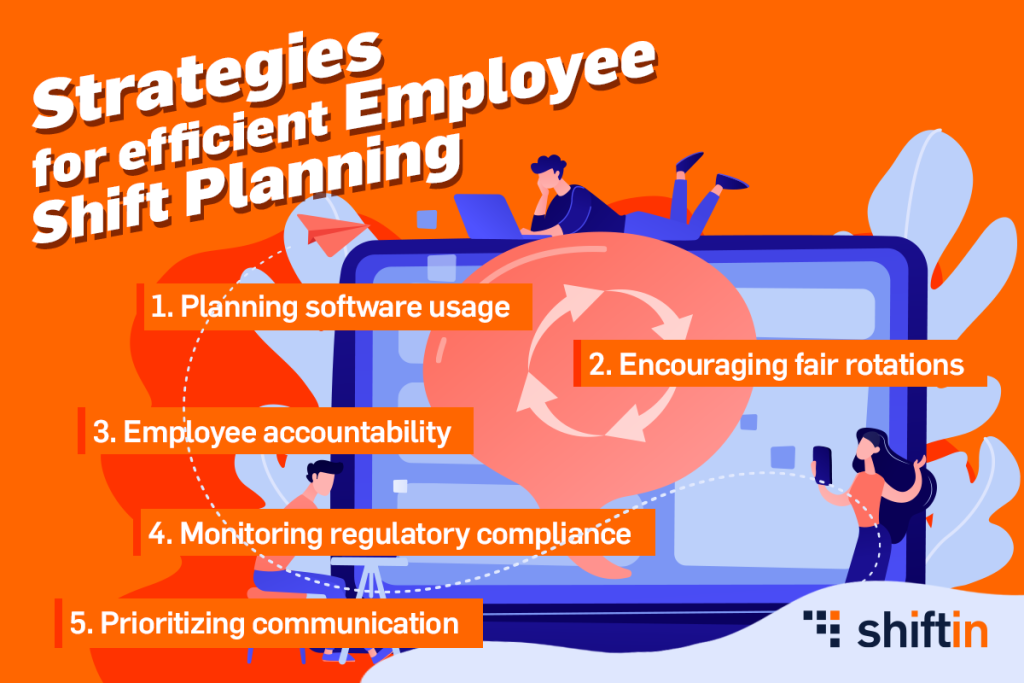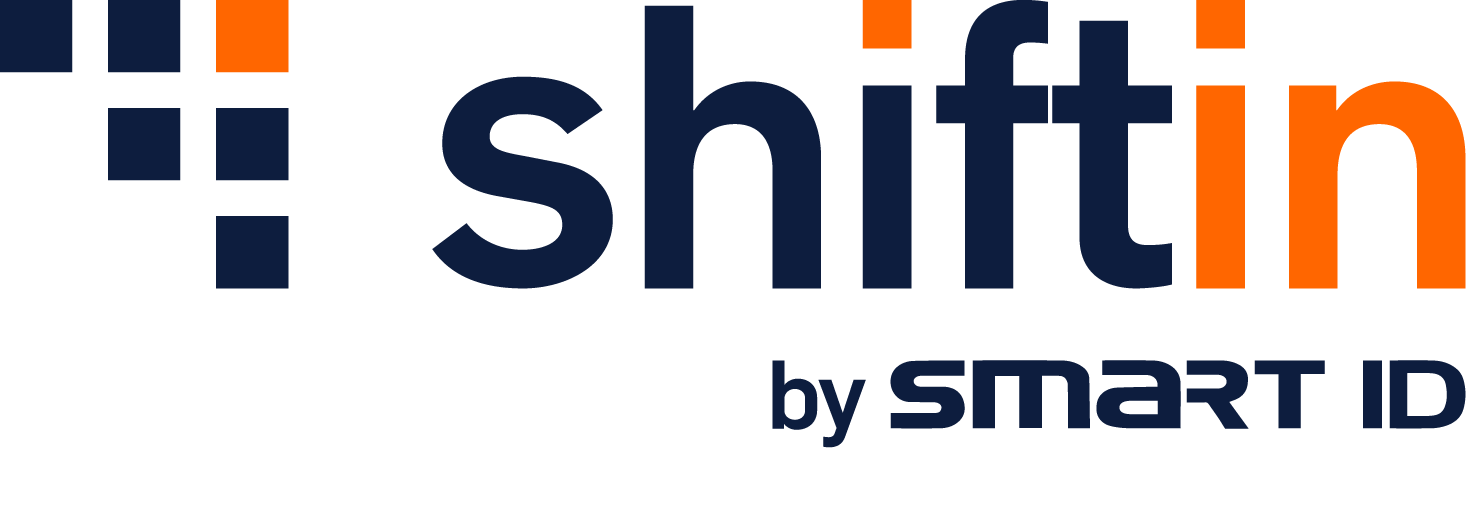The traditional nine-to-five paradigm is giving way to a patchwork of flexible work schedules. Unequal and flexible working hours have become the new norm, driven by the demands of a global economy, the quest for work-life harmony and the changing expectations of modern employees. In this dynamic environment, the art of employee shift planning is central, requiring finesse and adaptability.
Overcoming the complexity of uneven and flexible working hours
Unequal working hours take different forms:
Rotating shift system
Rotating shifts offer a structured approach to accommodate flexibility. Employees take it in turns to work different shifts, ensuring that no one is constantly burdened with less desirable hours. This approach promotes fairness and can increase employee engagement and skill development.
A well-managed rotating shift system not only distributes work hours fairly, but also contributes to a versatile and adaptable workforce. By cross-training employees in different roles, organizations can increase their agility and responsiveness to changing demands.
Variable programs
Variable hours scheduling represents a redefinition of flexibility in the workplace. Employees have more control over their working hours, allowing them to harmonize work commitments with their personal lives.
To unlock the full potential of flextime, organizations need to strike a delicate balance between employee autonomy and business needs.
On-call strategies for a modern workforce
In some industries, on-call duties are a necessity. However, managing on-call responsibilities can be challenging.
As the business landscape evolves, so do strategies for managing on-call duties. Finding a balance between the need to be responsive 24/7 and employee well-being is no easy task. The importance of transparent communication, support systems and technological aids is required.

Strategies for effective shift planning
Navigating the complexities of employee shift planning in a world of uneven and flexible working hours requires a strategic approach:
1. Use scheduling software
Invest in advanced scheduling software capable of managing complex scheduling requirements, automating routine tasks, and providing real-time visibility into the workforce.
2. Encourage fair turnover
Invest in advanced scheduling software capable of managing complex scheduling requirements, automating routine tasks, and providing real-time visibility into the workforce.
3. Empower employees
Extend a degree of autonomy in scheduling the workforce by allowing them to express their shift preferences and encouraging shift changes where possible.
4. Monitor regulatory compliance
Maintain vigilant oversight of labor laws and industry regulations to ensure that your scheduling practices remain legally sound.
5. Prioritize communication
Maintain open lines of communication with employees regarding upcoming schedules, changes, and shifts, leveraging digital tools for effective communication.
A powerful means of facilitating employee shift planning, especially in the context of uneven work schedules and flexible hours, is the use of shift scheduling apps such as shiftin.
shiftin: Your shift scheduling solution
shiftin is the ideal app for organizations with uneven working hours. The app helps streamline the process of planning and scheduling shifts. Our shift scheduling software is designed to simplify workforce management, ensuring accurate and efficient schedules that align with both employee needs and business requirements.





